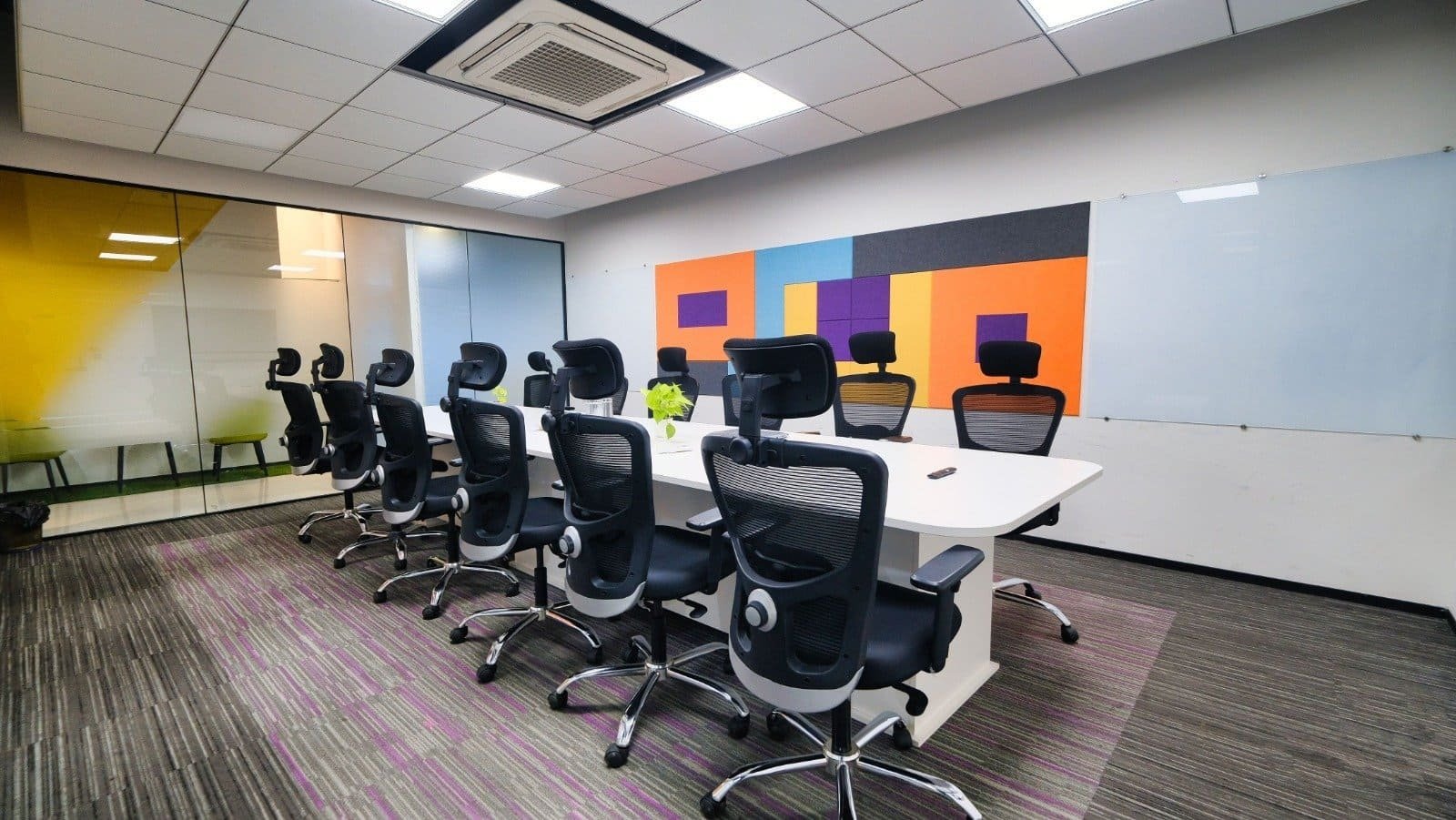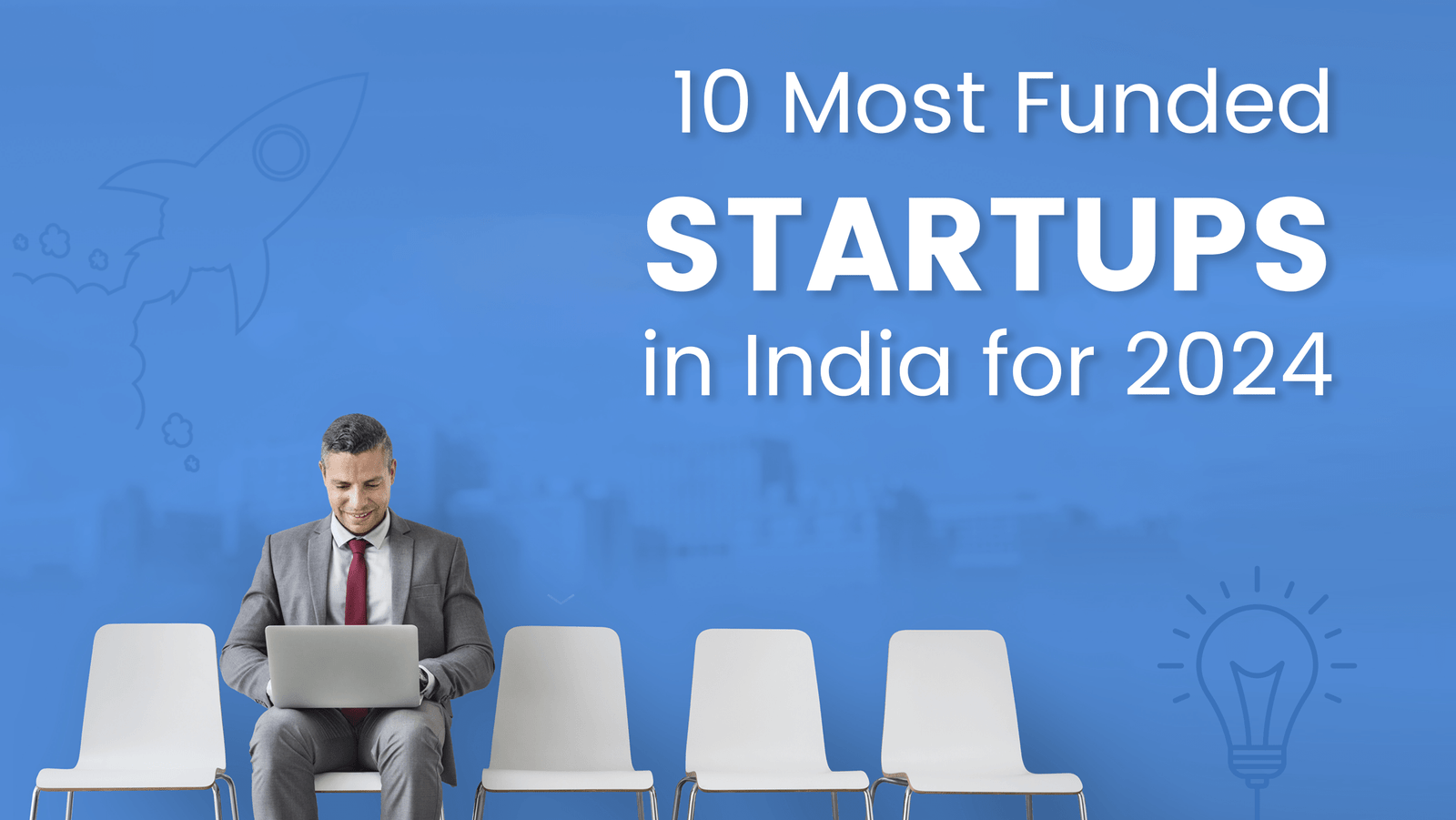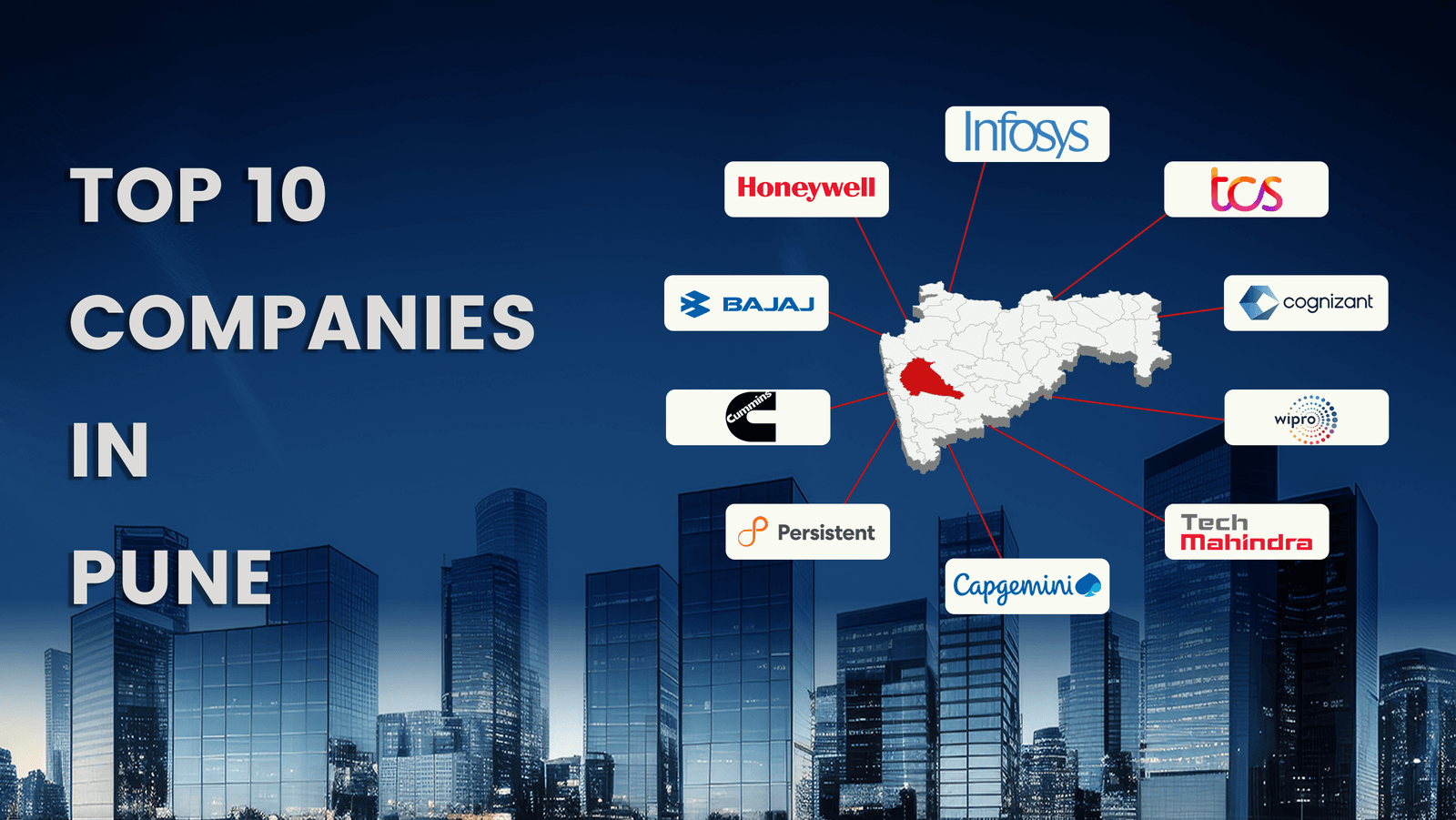Coworking spaces have become vital for modern professionals, providing flexible work environments conducive to collaboration, creativity, and productivity, amidst the surge of remote work and freelance culture.
Market statistics indicate a steady rise in the number of coworking spaces globally, with projections suggesting continued expansion as more businesses embrace remote work and decentralized operations. Besides convenience, they also offer networking opportunities, access to amenities, and a supportive community, all influencing coworking space costs.
Understanding Coworking Space Cost
The costs of a coworking space vary depending on flexible pricing models catering to diverse needs. The pricing models include hourly, daily, and monthly membership plans. Hourly rates are ideal for occasional users or those needing short-term access. Daily memberships provide flexibility for intermittent use, catering to freelancers or travelers. Whereas, monthly memberships offer the best value for frequent users, providing unlimited access and often additional perks like dedicated desks or meeting room allocations.
Prices vary additionally based on location, amenities, and membership tier, with discounts available for longer commitments. Understanding these pricing structures helps users select the most cost-effective option based on their usage patterns and budget. Let us have a detailed look at it.
Average Coworking Space Cost for Coworking Options
The size and type of space needed significantly influence the cost of a coworking space. Larger spaces, such as private cabins or dedicated desks, typically incur higher costs due to increased square footage and amenities. Conversely, smaller, flexible desks or shared areas tend to be more budget-friendly options.
Cost of Flexible Desks
Flexible desks, also known as hot desks, are ideal for individuals or teams who prefer an agile workspace with no fixed seating arrangements.
Cost:
- The average monthly cost for a flexible desk in a coworking space ranges from ₹5,000 to ₹15,000, depending on the location and amenities offered.
- Some coworking spaces may also offer daily or hourly rates for those who require occasional use of a flexible desk.
Membership Features:
- Access to a shared workspace with no assigned seating.
- High-speed internet connectivity.
- Access to communal areas such as kitchens, lounges, and breakout spaces.
- Amenities like printing and scanning facilities, mail handling, and reception services may be included or available for an additional fee.
Cost of Dedicated Desk
Dedicated desks provide individuals or teams with a designated workspace within a coworking environment.
Cost:
- The average monthly cost for a dedicated desk in a coworking space ranges from ₹10,000 to ₹25,000, depending on factors such as location, amenities, and the size of the desk.
- Some coworking spaces may offer discounts for long-term commitments or multiple desk rentals.
Membership Features:
- A dedicated desk assigned exclusively to the member or team.
- Storage space such as lockable drawers or cabinets.
- All the amenities and facilities available to flexible desk members.
- Opportunities for networking and collaboration with other members of the coworking community.
Cost of Private cabins
Private cabins, also known as private offices or cabins, offer individuals or teams a fully enclosed workspace for enhanced privacy and concentration.
Cost:
- The average monthly cost for a private cabin in a coworking space ranges from ₹20,000 to ₹50,000, depending on factors such as location, size, and amenities.
- Larger cabins or those with premium features may command higher prices.
Membership Features:
- A fully enclosed workspace with walls and a door, providing privacy and minimizing distractions.
- Customizable furnishings and layout options to suit the needs of the member or team.
- Access to all the amenities and facilities available in the coworking space.
- Opportunities for networking and collaboration with other members, albeit with the option of increased privacy.
Meeting Rooms Cost
Meeting and conference rooms are essential spaces within coworking environments for hosting client meetings, presentations, workshops, and team discussions.
Cost:
- The average hourly or daily rate for a meeting room in a coworking space ranges from ₹500 to ₹5,000, depending on factors such as size, facilities, and location.
- Some coworking spaces may offer discounted rates for members or include a certain number of meeting room hours in their membership packages.
Membership Features:
- Access to meeting/conference rooms equipped with audio-visual equipment, whiteboards, and comfortable seating arrangements.
- Booking flexibility with the option to reserve rooms in advance through online platforms or onsite reception services.
- Catering services such as coffee, tea, and refreshments may be available upon request for an additional fee.
- Access to additional amenities such as projectors, flip charts, and teleconferencing facilities to facilitate productive meetings.
Comparing Coworking Space Cost: Factors That Influence Pricing
The pricing of coworking spaces depends on various factors such as –
1. Location
Coworking spaces in urban areas generally cost more because of their proximity to business centers, amenities, and networking opportunities. In contrast, spaces in suburban or less affluent areas tend to be more affordable. Accessibility to public transport and parking availability also affect pricing. Additionally, spaces near metro, bus, or train stations often have higher demand and prices.
2. Amenities and Facilities
High-speed internet is vital for professionals today, and coworking spaces with reliable connectivity often charge more. Meeting rooms with audio-visual technology and comfortable furnishings are essential for client meetings, adding to costs. Printing services, including access to printers, copiers, and scanners, are valuable for document handling. Coworking spaces usually include these in their membership fees or offer them as add-ons. Recreational areas like lounges, kitchens, and fitness centers enhance ambiance and convenience, correlating to higher prices.
3. Membership Tiers
Full-time memberships grant unlimited workspace access and amenities at a higher monthly rate. Part-time memberships offer limited, flexible access at a reduced cost, allowing usage on set days or hours per month. Virtual office memberships provide a professional address and occasional access to meeting rooms without a physical desk, often at the most affordable rates.
4. Additional Services
The additional services may include corporate events such as networking events, workshops, and seminars to foster professional growth and community interaction. They may also offer business support like reception assistance and IT support for added convenience, typically at an extra charge. Access to specialized equipment such as video conferencing and advanced technology tools can also affect pricing.
5. Market Demand
In sought-after locations, coworking spaces command higher prices amidst competition, while in less popular areas, prices are more competitive as spaces seek members. Market demand fluctuations in response to economic conditions, industry trends, and workforce dynamics can affect pricing. During economic growth or increased entrepreneurship, demand may rise, leading to higher prices. Conversely, during economic downturns or remote work trends, demand may decrease, prompting coworking spaces to adjust pricing or offer discounts to attract members.
Cost Comparison: Traditional Offices Vs. Coworking Spaces
Let’s look at a comparative analysis to understand the potential cost savings and added value of coworking spaces compared to traditional office leases.
Initial Investment:
- Traditional Office: Leasing a traditional office space typically requires a significant upfront investment, including security deposits, leasehold improvements, furniture, equipment, and utilities setup.
- Coworking Space: Coworking spaces often have lower barriers to entry, with minimal upfront costs. Memberships typically include access to fully furnished workspaces and amenities, reducing the need for additional investments in infrastructure.
Monthly Expenses:
- Traditional Office: Monthly expenses for traditional offices include rent, utilities, maintenance, insurance, and administrative costs. These expenses are often fixed and may increase over time due to inflation or lease renewals.
- Coworking Space: Coworking space memberships typically have a predictable monthly fee that covers rent, utilities, and amenities. The cost may vary depending on the membership tier and additional services required.
Flexibility and Scalability:
- Traditional Office: Leasing a traditional office space often requires a long-term commitment, typically ranging from three to ten years. This lack of flexibility can be restrictive for businesses, especially startups or those experiencing rapid growth or contraction.
- Coworking Space: Coworking spaces offer flexibility with monthly or short-term membership options, allowing businesses to scale as needed.
Networking and Collaboration:
- Traditional Office: Traditional office environments may lack opportunities for networking and collaboration with professionals from diverse industries, limiting potential partnerships and innovation.
- Coworking Space: The diverse community of freelancers, startups, and established businesses offers opportunities for networking, knowledge sharing, and potential partnerships, enhancing the overall value proposition.
Conclusion
Coworking spaces offer a flexible and collaborative work environment that appeals to a wide range of professionals. While the cost of coworking space can vary significantly depending on the factors mentioned in this article, there are affordable options available for individuals and businesses of all sizes.
Trios offers various pricing options for flexi desks, dedicated desks and cabins, meeting rooms, and private cabins, suited to your requirements in Pune and Gurgaon, and plans to expand its presence in other cities. Join Trios Coworking Space today to work in one of the world’s most productive coworking spaces.
FAQs
1. Are there any hidden costs associated with coworking spaces?
Yes, coworking spaces may have hidden costs such as additional fees for amenities, meeting room usage, printing, or events. Some may charge for access to premium services or require a deposit. It’s essential to carefully review the terms of membership to avoid unexpected expenses.
2. Do coworking spaces offer flexible membership options?
Yes, coworking spaces typically offer flexible membership options, allowing members to choose from various plans such as daily, weekly, monthly, or yearly memberships. They often provide the flexibility to upgrade or downgrade memberships based on changing needs.
3. How can I ensure that I'm getting the best value for the cost of a coworking space?
To ensure you’re getting the best value from a coworking space, carefully assess your needs against the amenities and services provided. Compare pricing and membership options, read reviews, visit the space in person, and inquire about any additional fees or hidden costs before committing.

Pratik Potnis
Pratik Potnis is the Founder and CEO of TRIOS Coworking Space. With over a decade of entrepreneurial experience and a strong business network, he has helped 200+ companies with his world-class coworking space services including Microsoft and Dunzo. At Trios, Pratik ensures all the operations are streamlined and aligned to business growth. He is well-versed in business forecasting and generating strategies for innovation and sales.You may connect with him on LinkedIn, Twitter, and Facebook.






